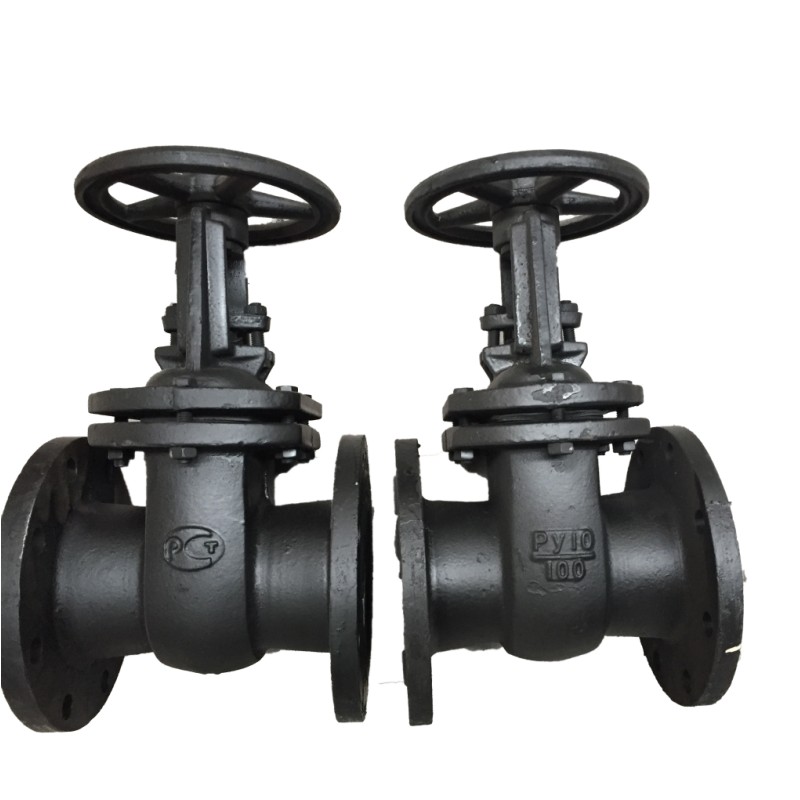flanged foot valve
Understanding Flanged Foot Valves Essential Components for Fluid Control
In the realm of fluid dynamics and control systems, the importance of valves cannot be overstated. Among various types of valves used in industrial applications, flanged foot valves stand out for their unique design and functionality. A flanged foot valve is a type of check valve that is installed at the bottom of a suction pipe and is essential for maintaining the prime in water pumps. This article will delve into the characteristics, benefits, and applications of flanged foot valves.
What is a Flanged Foot Valve?
A flanged foot valve is designed to prevent backflow in a piping system. It features a flanged connection on the top side, which allows it to be easily connected to a pipe, and a screen or strainer on the bottom to prevent debris from entering the pump. The main purpose of this valve is to maintain the water column in the suction line, ensuring that the pump remains primed and ready to function efficiently.
Typically made from materials such as brass, stainless steel, or plastic, flanged foot valves are available in various sizes and pressure ratings. The flanged design simplifies installation, allowing for a secure and leak-proof connection, which is particularly advantageous in systems that experience fluctuations in pressure and flow.
Benefits of Flanged Foot Valves
1. Prevention of Backflow The primary function of a flanged foot valve is to prevent backflow when the pump is turned off. This capability ensures that the pump remains primed and eliminates the need for excess maintenance.
2. Filtration With a screen or strainer at the bottom, flanged foot valves help filter out unwanted debris and sediments from entering the pump system. This feature is crucial for prolonging the life of pumps and reducing maintenance costs.
3. Easy Installation and Maintenance The flanged design allows for straightforward installation and removal, making maintenance easy. This is particularly important in environments where valves may need to be replaced frequently.
flanged foot valve

4. Versatility Flanged foot valves can be used in various applications, including irrigation systems, wastewater management, and industrial fluid handling. Their adaptability makes them a valuable addition to any fluid control system.
Applications of Flanged Foot Valves
Flanged foot valves are widely used across numerous industries, particularly in situations where the control of fluid movement is essential. Some prominent applications include
- Water Supply Systems In municipal or agricultural water supply systems, flanged foot valves help maintain a reliable source of water by preventing pump backflow.
- Irrigation Systems Farmers often use these valves in their irrigation systems to ensure efficient water delivery without losing prime.
- Industrial Processes Industries requiring precise fluid management, such as chemical manufacturing and food processing, rely on flanged foot valves to maintain operational efficiency and safety.
- Wastewater Treatment In wastewater applications, these valves help regulate the flow and prevent contamination of clean water sources.
Conclusion
Flanged foot valves play an essential role in fluid control systems, ensuring smooth and efficient operation in various applications. Their design promotes ease of installation and maintenance, while their ability to prevent backflow and filter debris is invaluable. As industries continue to innovate and demand more efficient fluid management solutions, the importance of reliable components like flanged foot valves will undoubtedly remain crucial. Understanding their function and benefits can aid engineers and operators in selecting the right equipment for their specific needs, ultimately leading to improved efficiency and reduced operational costs.
-
The Key to Fluid Control: Exploring the Advantages of Ball Valves in Industrial SystemsNewsJul.09,2025
-
The Versatile World of 1, 2, and 3 Piece Ball ValvesNewsJul.09,2025
-
Stainless Steel Ball Valves: The Ideal Choice for Efficient Flow ControlNewsJul.09,2025
-
Optimizing Fluid Control with Ball Float ValvesNewsJul.09,2025
-
Manual Gate Valves: Essential for Control and EfficiencyNewsJul.09,2025
-
Everything You Need to Know About Butterfly ValvesNewsJul.09,2025
-
The Versatility of Wafer Type Butterfly ValvesNewsJul.08,2025




